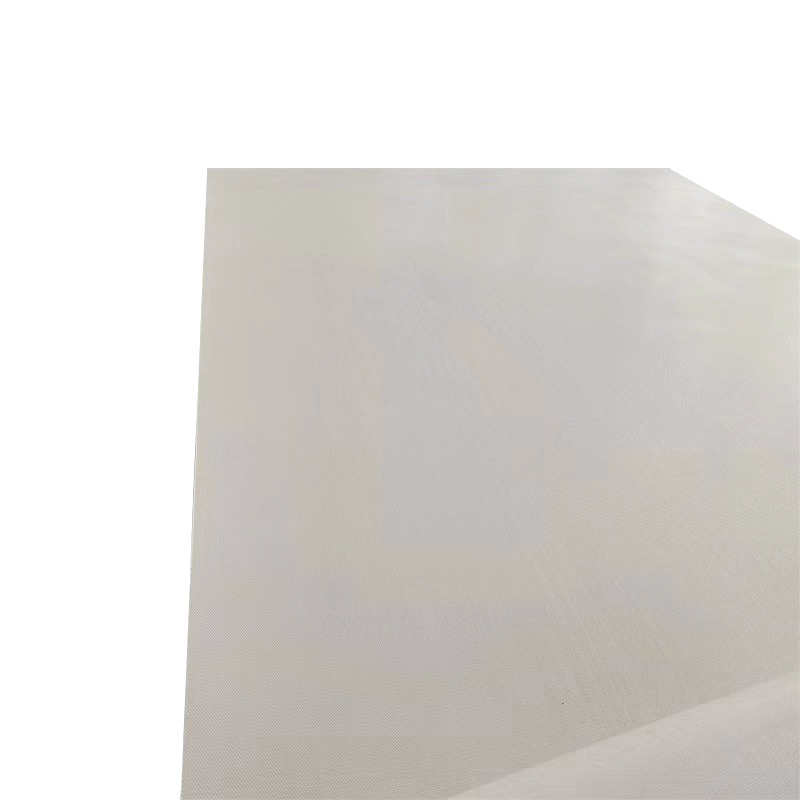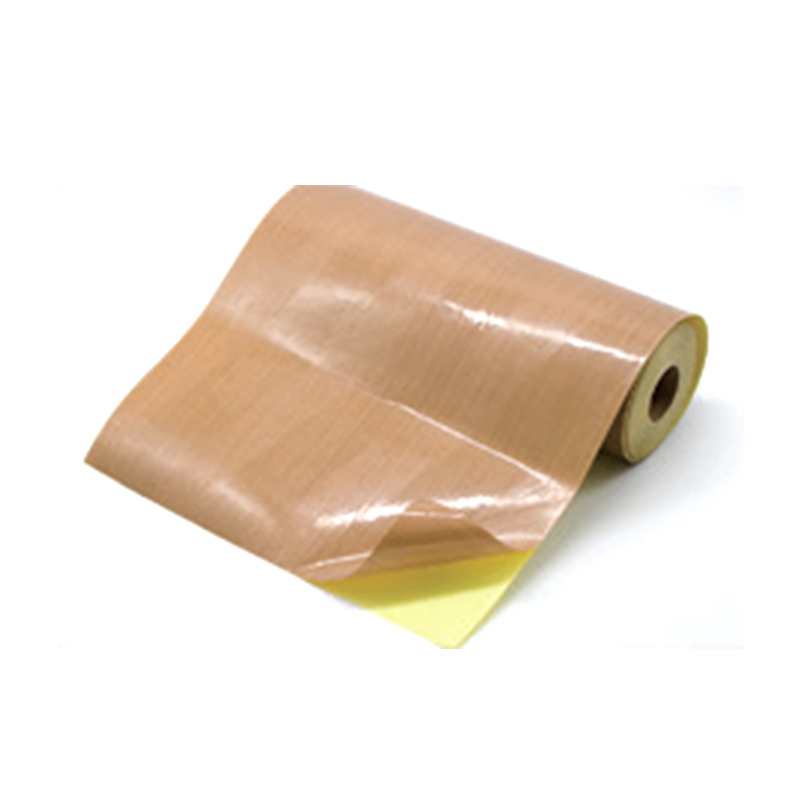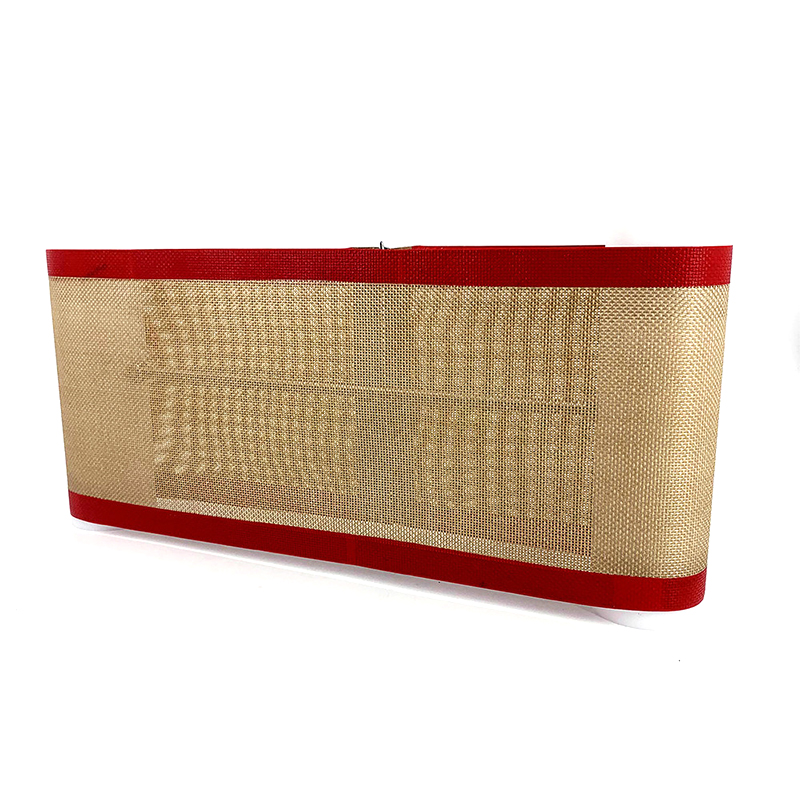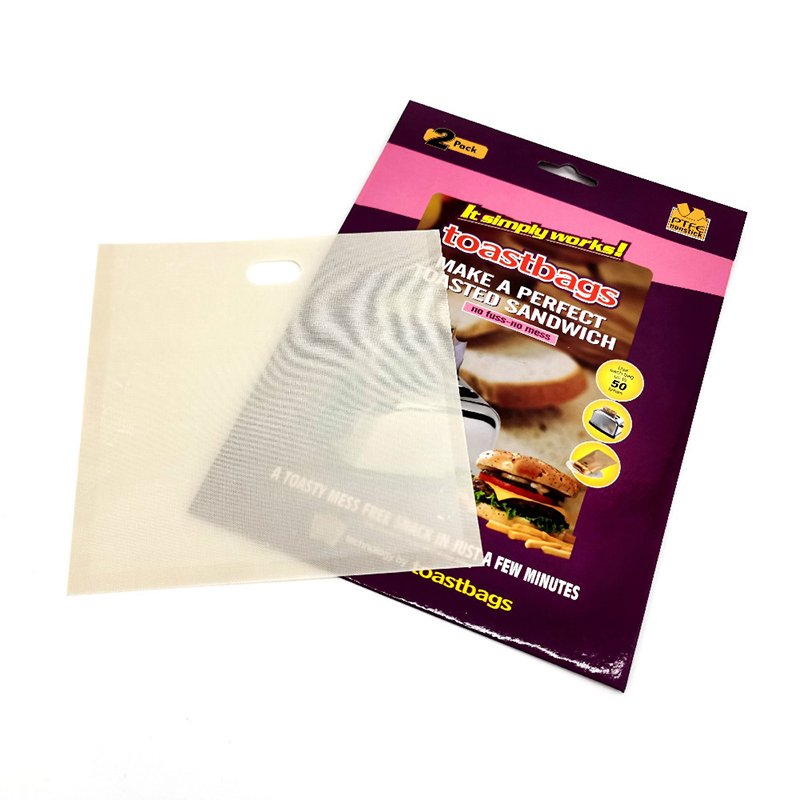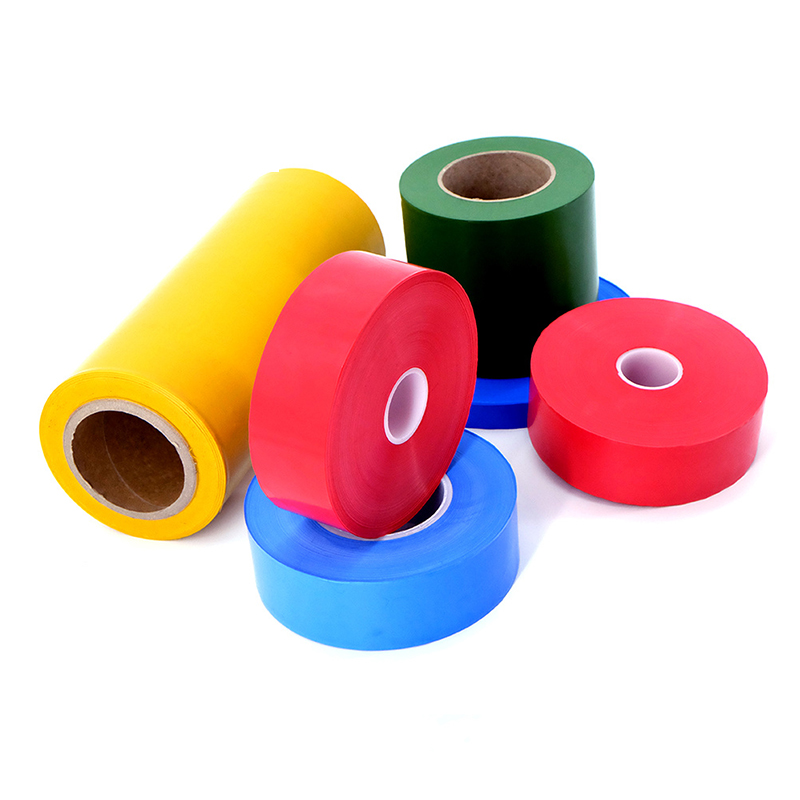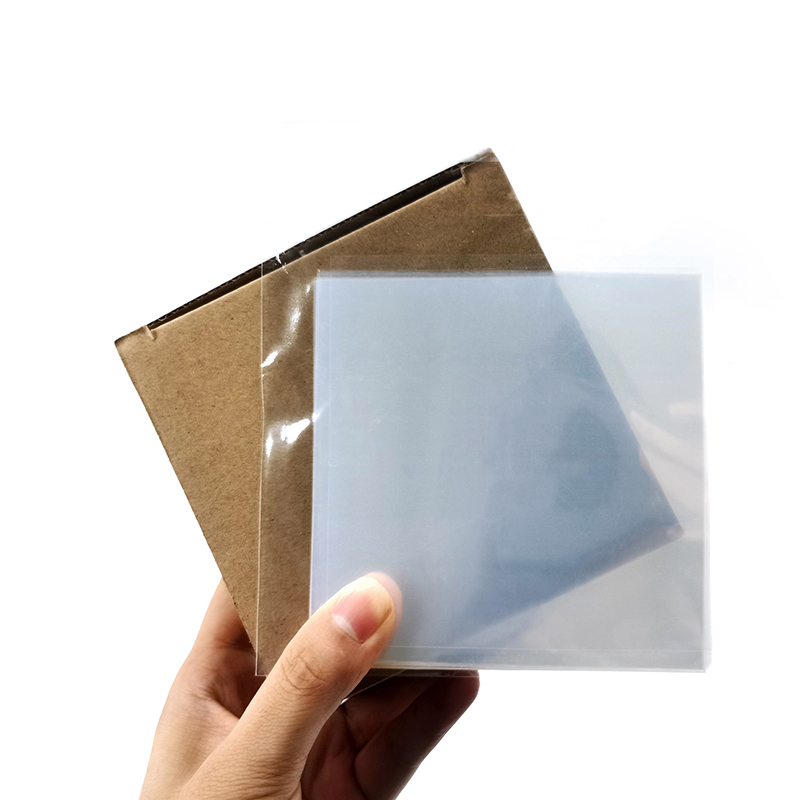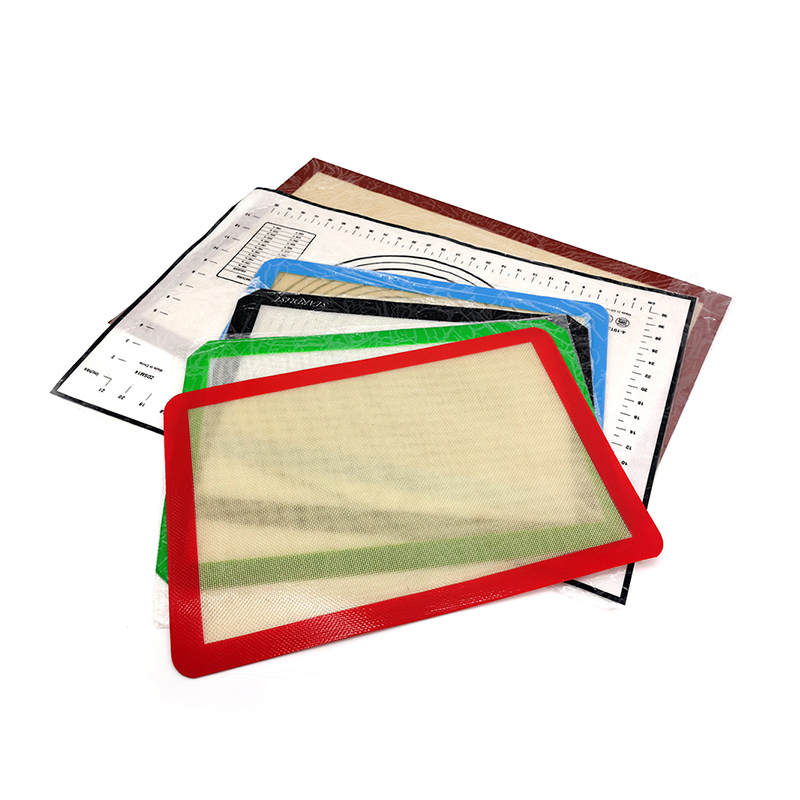PTFE Conveyor Belts: A Complete Guide to High-Performance Belting Solutions
1. Introduction to PTFE conveyor belts
What is PTFE and why it matters in conveyor belts
Polytetrafluoroethylene (PTFE) is a high-performance fluoropolymer known for its excellent non-stick properties, chemical resistance and temperature tolerance. When used in conveyor belts, PTFE enables smooth release of conveyed items, minimal material build-up and long service life.
Key features of PTFE conveyor belts
- High temperature resistance (often able to operate from sub-zero to +260 °C or more)
- Low friction / non-stick surface which aids cleaning and product release
- Chemical and abrasion resistance for demanding process environments
- Customization options including mesh weave, width, splice type, anti-static treatments
2. Why Choose high-temperature PTFE conveyor belt solutions
Temperature resistance and durability
In environments where belts are exposed to extreme heat (such as drying ovens, fusing machines, or baking tunnels), typical belts may degrade or adhere to the conveyed product. In contrast, PTFE conveyor belts maintain structural integrity and non-stick behaviour under high temperature.
Comparison: PTFE conveyor belts vs conventional belts
The following table outlines a side-by-side comparison:
| Feature | Conventional Belt (e.g., rubber or PVC) | PTFE conveyor belts |
| Maximum continuous temperature | Up to ~100-150 °C | Up to ~260 °C (or higher depending on substrate) |
| Release / non-stick performance | Moderate – often needs coatings or treatments | Excellent – natural PTFE surface provides very low adhesion |
| Chemical resistance | Limited – certain solvents degrade the material | High – PTFE is chemically inert in most conditions |
| Cleaning / hygiene | May require specialized cleaning and downtime | Significantly easier cleaning, less downtime |
3. Applications of PTFE mesh conveyor belts for drying applications
Open-mesh designs and airflow benefits
A key variant of PTFE conveyor belts is the open-mesh or mesh-weave design. These allow hot air or cooling air to pass through the belt surface, making them ideal for drying, curing or cooling applications. For example, mesh belts support efficient airflow and thus faster drying times.
Industries and use-cases
- Textile drying ovens
- Food dehydration lines
- Screen printing ink curing tunnels
- Packaging shrink-tunnel conveyors
4. Custom width PTFE conveyor belts manufacturer — What to Look For
Customization considerations (width, length, splice, substrate)
- Width: The belt must match your conveyor’s width and edge support.
- Length/loop: Endless belts or spliced versions depending on machine layout.
- Substrate & coating: Glass-fibre, Kevlar, mesh or solid, coating thickness and finish.
- Splice type & edge finish: Overlap, butt, scarfed splice; edge reinforcement to prevent fraying.
- Tracking and guiding: Anti-static options, edge profiles, guiding devices.
Choosing a reliable manufacturer (quality, certifications)
When selecting a partner for custom width PTFE conveyor belts, consider whether the manufacturer holds ISO quality certification (such as ISO 9001), whether they have export capability, proven experience in fluoroplastic belts, and advanced manufacturing equipment for precision cutting and weaving.
5. Non-stick PTFE coated conveyor belts food industry & anti static PTFE conveyor belts for packaging lines
Food-industry benefits: hygiene, release, cleaning
In food processing, non-stick, hygienic conveyor belts are critical. PTFE coated conveyor belts provide a release surface where sticky or doughy products are conveyed without adherence, and cleaning is faster and more efficient.
Packaging-industry benefits: anti-static, tracking, reliability
In packaging lines (especially in electronics or film handling), static build-up may cause tracking issues or attract contaminants. Anti-static PTFE conveyor belts help manage static, improve tracking and reduce downtime.
Feature comparison table
| Application | Key Requirement | How PTFE Belt Meets It |
| Food processing | Non-stick, high heat, hygiene | PTFE surface + high temp substrate + wash-down compatible |
| Packaging lines | Anti-static, precise tracking, minimal dust | PTFE belt with conductive or anti-static treatment + precise edge guides |
6. Maintenance, Installation and Best Practices for PTFE Conveyor Belts
Installation tips (tensioning, rollers, tracking)
- Use the minimum necessary belt tension; over-tensioning may damage the belt or substrate.
- Ensure rollers are parallel and not crowned, support under the belt bed is adequate for weight and thermal expansion.
- Edge guides and tracking devices are recommended especially for narrow belts or high-speed applications.
Maintenance schedule and lifespan extension
- Regularly inspect splice and edges for fraying or wear.
- Clean the belt surface to remove residue build-up — easier with PTFE’s low adhesion.
- Check belt alignment and tracking weekly; misalignment reduces lifespan.
- Replace belt when elongation, coating degradation or substrate damage is observed.
7. Why Taizhou Yaxing Plastic Industry Co., Ltd. is Your Trusted PTFE Belt Partner
Company profile and credentials
Taizhou Yaxing Plastic Industry Co., Ltd. is a professional manufacturer of polytetrafluoroethylene (PTFE) / PTFE-propylene (FEP) products. Located in the Yangtze River Development Zone in Taizhou, Jiangsu province, it enjoys a unique geographical location with the golden waterfront of the Yangtze River to the west and the Shanghai-Nanjing Expressway to the east. Founded in January 1995 (formerly known as Taixing Special Plastic Equipment Factory) and restructured in August 2015, Yaxing is an advanced organic fluorine (silicon) manufacturer in China.
Manufacturing capabilities and technology
Yaxing has ISO 9001 quality management system certification and more than 20 years’ focus on fluoroplastics. Its production base covers advanced PTFE ultra-wide and ultra-high-precision films, PTFE permanent architectural membranes, and PTFE grid conveyor belts. It owns 16 advanced PTFE glass fibre cloth coating & drying lines, imported German high-precision PTFE film cutting equipment and German Dornier wide-width rapier looms — strengthening its capacity to deliver high-quality custom PTFE conveyor belts.
Export & service advantage
The company holds self-operated import & export rights, and its products are exported to many countries and regions such as Europe, America, Asia and Africa. With strong technical backing, patented products, and proven high-tech credentials (national technological transformation award, utility model patents, etc.), Taizhou Yaxing is well-positioned to serve clients seeking reliable custom PTFE conveyor belt solutions.
8. Summary & Recommendations
To summarise: selecting the right PTFE conveyor belts — whether you need high-temperature PTFE conveyor belt solutions, PTFE mesh conveyor belts for drying applications, custom width PTFE conveyor belts manufacturer, non-stick PTFE coated conveyor belts food industry or anti-static PTFE conveyor belts for packaging lines — requires a clear understanding of your process requirements: temperature, material type, width/length, tracking, hygiene, static control. Partnering with a manufacturer like Taizhou Yaxing combining deep industry expertise, advanced equipment and export experience can deliver an optimal solution. Be sure to follow proper installation and maintenance best practices to maximise the lifespan and performance of your PTFE belt investment.
9. FAQ
- Q1: What maximum temperature can PTFE conveyor belts typically withstand?
- A1: Many PTFE conveyor belts can continuously operate around –200 °C to +260 °C (with specialised substrates even higher).
- Q2: Can I use a PTFE mesh conveyor belt in a drying tunnel for textiles?
- A2: Yes. PTFE mesh conveyor belts are ideal for drying and curing applications because their open-mesh design allows airflow, making them suitable for textiles, screen-printing, and food dehydration lines.
- Q3: How do I choose the right splice and width for a custom PTFE conveyor belt?
- A3: Measure the exact width, loop length, consider the belt bed/support structure, choose a suitable splice type (overlap, butt, scarf) and pick the right substrate/coating for your application. The manufacturer should guide you.
- Q4: What advantages do non-stick PTFE coated conveyor belts bring in food processing?
- A4: They facilitate easy release of sticky or baked products, reduce cleaning downtime, maintain hygiene standards and withstand high temperatures and chemical cleaning agents.
- Q5: Why are anti-static PTFE conveyor belts important in packaging lines?
- A5: In packaging and handling electronic films or materials, static build-up can cause mis-tracking, contamination or product damage. Anti-static PTFE belts help dissipate charge, improve reliability and reduce downtime.



 English
English Español
Español русский
русский
